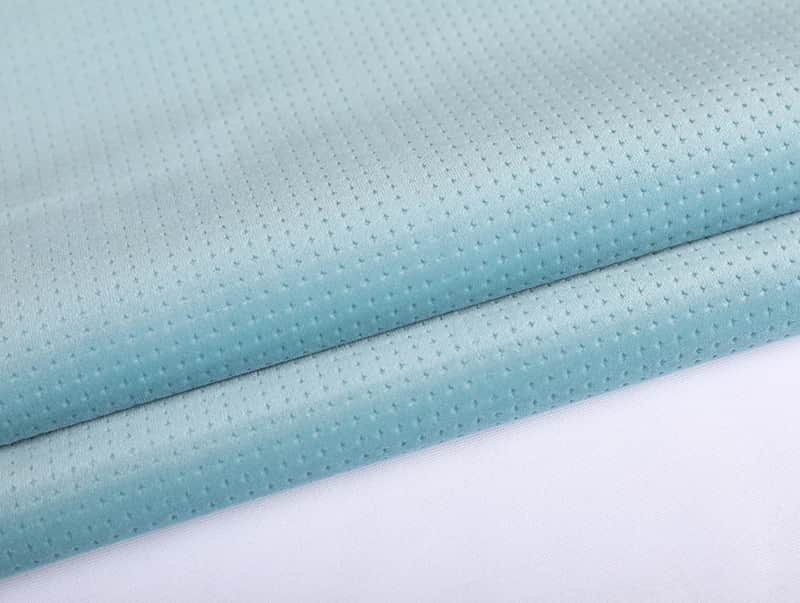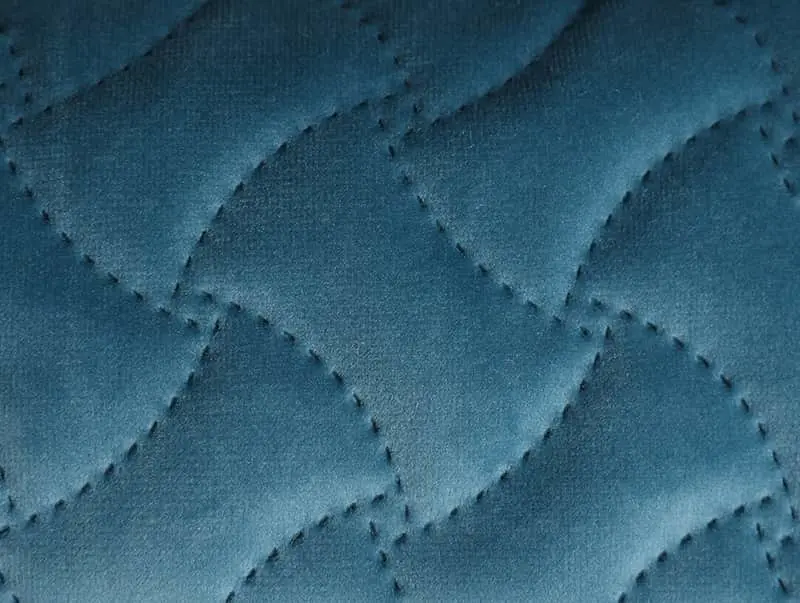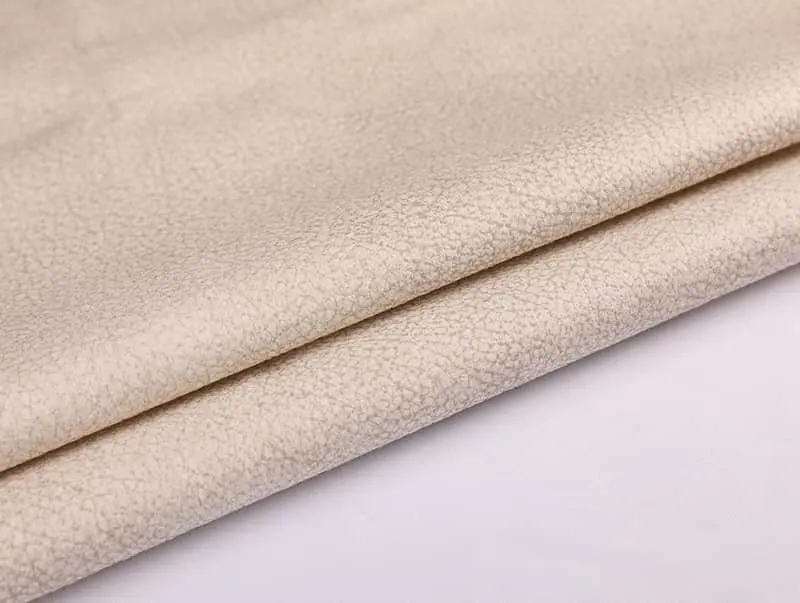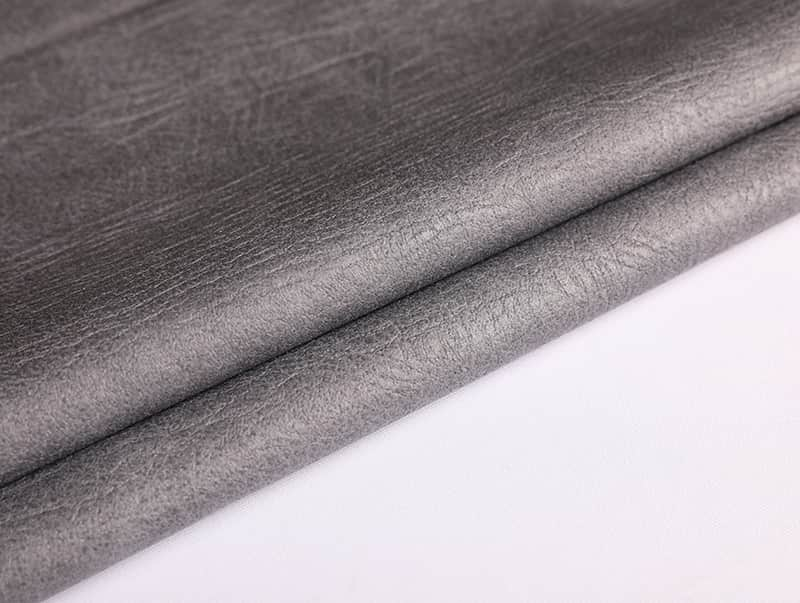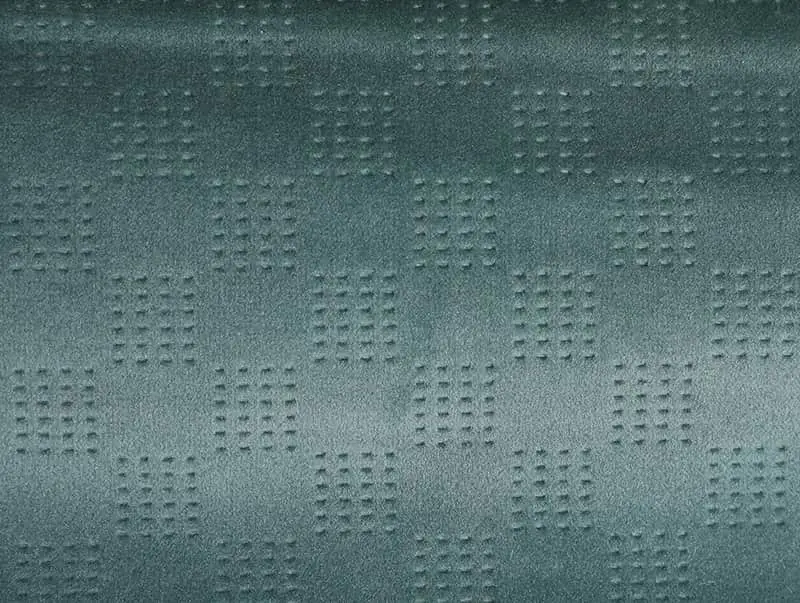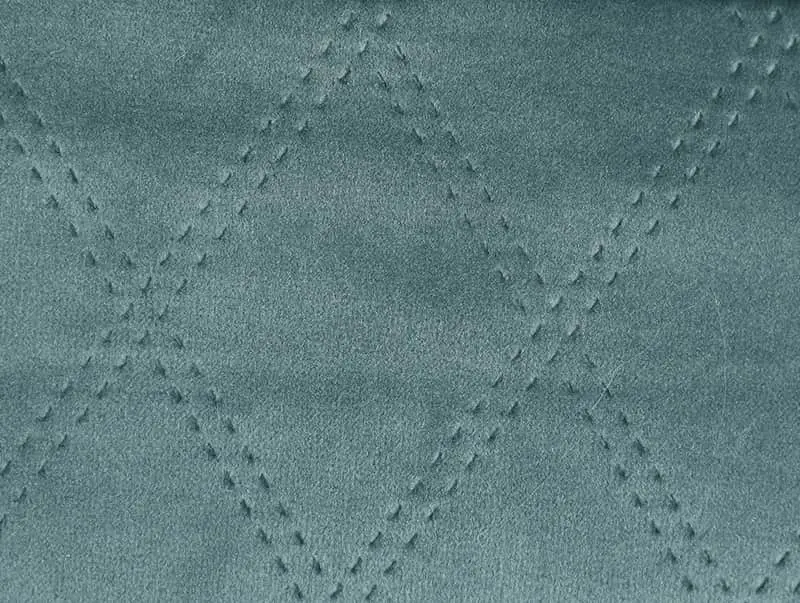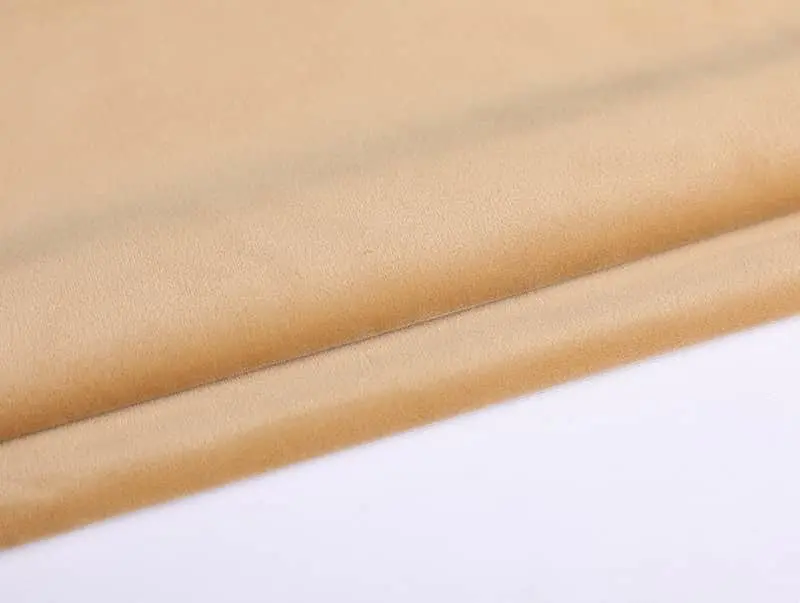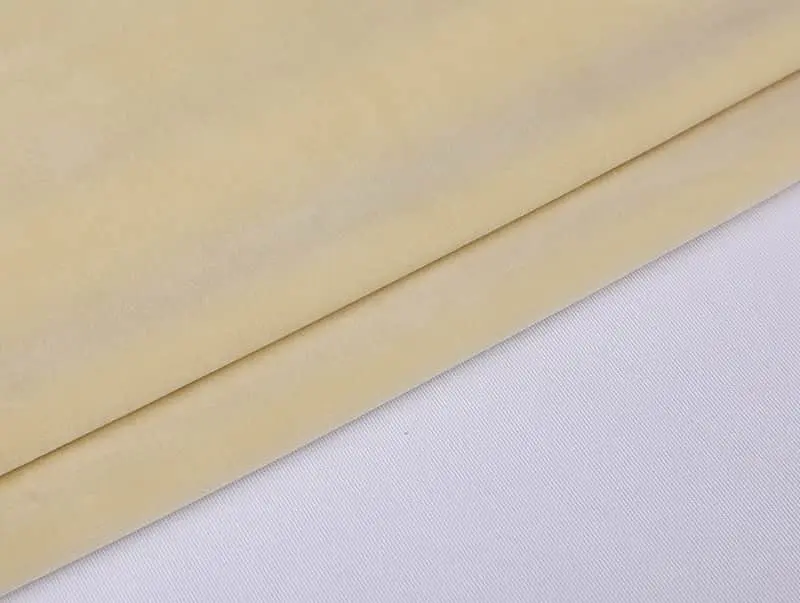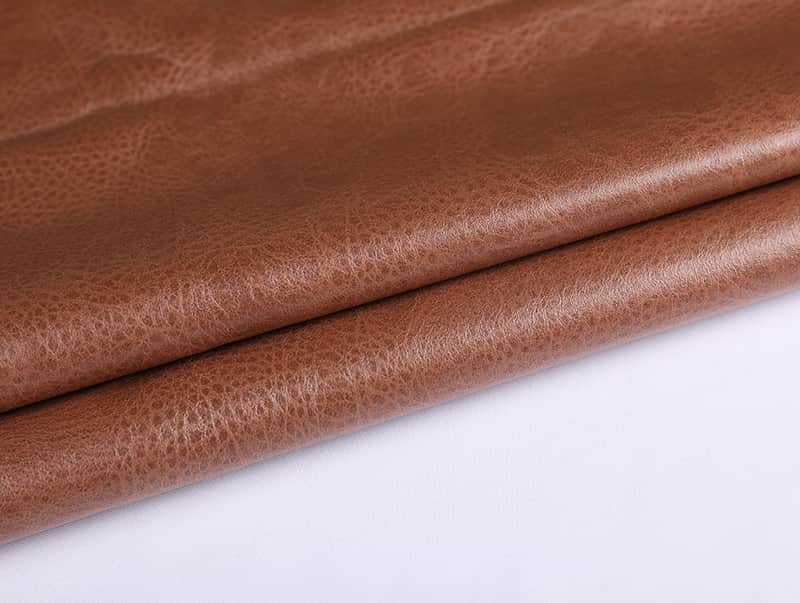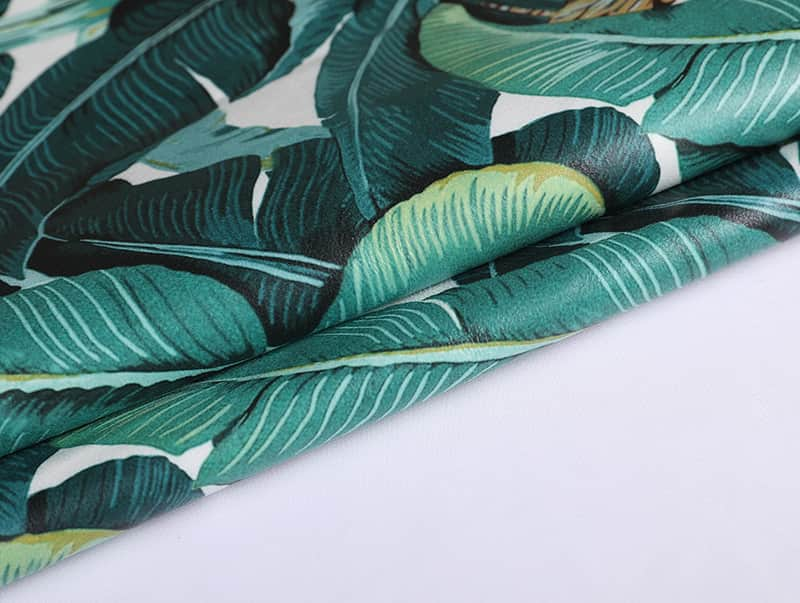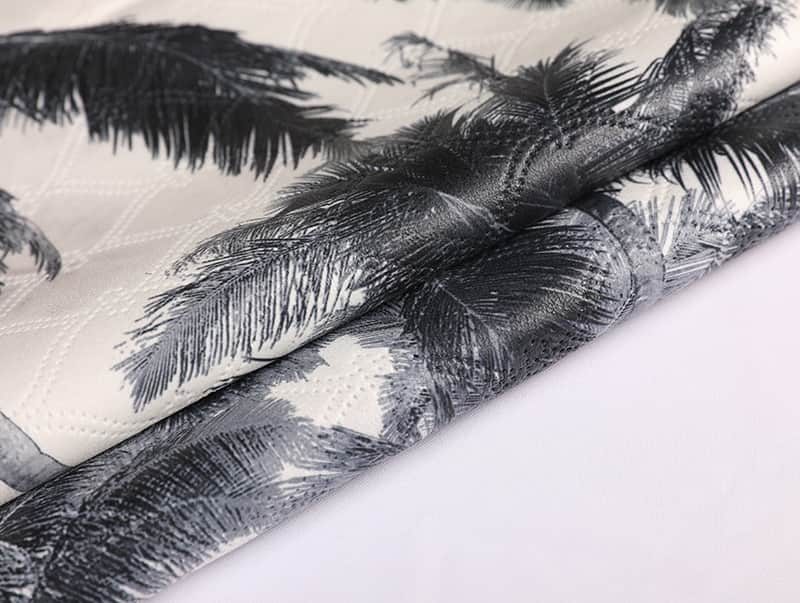Quick overview: what velvet needs
Sofa velvet upholstery shows color and texture beautifully, but the pile and weave need gentle, consistent care. Follow a simple routine to keep velvet plush and color-rich: regular dust removal, immediate spot response, cautious deep cleaning, and fabric-specific precautions. Test any product on an invisible patch before full use.
Daily and weekly care: keep dust and grit away
Dust and grit abrade velvet fibers over time. Use a soft brush attachment on a vacuum for weekly cleaning. For light maintenance between vacuums, use a soft, dry brush or a microfiber cloth to lift the pile in the direction of the nap.
- Vacuum with low suction and a soft-bristled brush head to remove surface dust.
- Brush along the pile direction to avoid changing the nap pattern.
- If cushions are removable, flip and rotate them monthly to balance wear.
Spot cleaning: act fast and act gently
Address spills quickly to prevent staining. The right sequence: blot, test, treat, blot again. Avoid rubbing or scrubbing the pile — rubbing compresses fibers and spreads the stain.
Immediate steps for fresh spills
Blot liquid with a clean, absorbent cloth or paper towel. Work from the edge of the wet area toward the center to limit spread. Continue blotting until the fabric releases no more liquid.
Common spot treatments
After blotting, lightly moisten a clean cloth with room-temperature water and dab the spot to dilute remaining residue. If water alone does not remove the stain, try a mild upholstery soap solution: mix a small amount of neutral pH liquid soap with water, apply sparingly with a cloth, then dab with plain water to rinse.
Stain-specific guidance: choose method by stain
Different stains respond to different treatments. Always test on a concealed area first. Use gentle action and minimal moisture.
| Stain type | Recommended action | Notes |
| Water-based (coffee, juice) | Blot → water dab → mild soap solution → blot dry | Avoid over-wetting; repeat gently |
| Oil-based (grease, cosmetics) | Blot → sprinkle absorbent powder (cornstarch) → vacuum → mild solvent test | If solvent used, test first; limit exposure |
| Ink | Blot → alcohol-based solvent on test area → dab carefully | Ink can be permanent; consider professional cleaning |
| Pet urine | Blot → enzymatic cleaner (test first) → rinse lightly → dry | Enzyme cleaners remove odor; follow label |
Deep cleaning: when and how
Deep clean velvet only when surface care won’t solve the issue or once per year for heavy-use sofas. Many velvets can tolerate professional steam cleaning, but check the manufacturer label. Over-wetting or high heat can damage backing or alter the pile.
At-home deep clean approach
Use minimal water and a low-moisture upholstery cleaner designed for delicate fabrics. Work in small sections, follow with a clean, damp cloth to remove residue, and let the sofa dry fully in a well-ventilated area. Avoid direct sunlight while drying to protect color.
When to call a professional
Call a professional if stains resist spot treatment, if backing or padding smells after cleaning, or if the fabric care tag advises professional-only cleaning. Professionals have equipment and solvents suited for different velvet types and can restore pile more safely.
Velvet types and special precautions
Velvet comes in many fiber types. Each needs slightly different handling.
- Cotton velvet: absorbent and prone to watermarks; use very light moisture and test first.
- Polyester or synthetic velvet: more water- and stain-resistant; still test solvents and heat.
- Silk or viscose blend velvet: delicate; professional cleaning recommended.
- Performance or treated velvet: follow manufacturer instructions; many resist stains but can still trap oils.
Pet hair, odors and heavy wear
Remove pet hair with a lint roller or a rubber glove rubbed over the pile. For odors, use an enzymatic cleaner on the affected area after blotting. For flattened pile, lightly steam from a distance and brush the nap while the fabric cools to lift fibers.
Protective measures and long-term care
Protect velvet with removable arm covers or throws in high-use spots. If the fabric tag allows, consider a fabric protector spray after testing. Keep the sofa out of direct sun to limit fading. Maintain a cleaning schedule: weekly dusting, monthly cushion rotation, and annual deeper cleaning as needed.
Final checklist before you clean
- Locate and read the fabric care tag; follow its codes for water or solvent cleaning.
- Test any cleaner on a hidden area and wait for full drying to confirm no color change.
- Use the least aggressive method that removes the stain or soil.
Follow these steps and the sofa's care recommendations, and the velvet will stay soft, textured, and richly colored for years of use.
